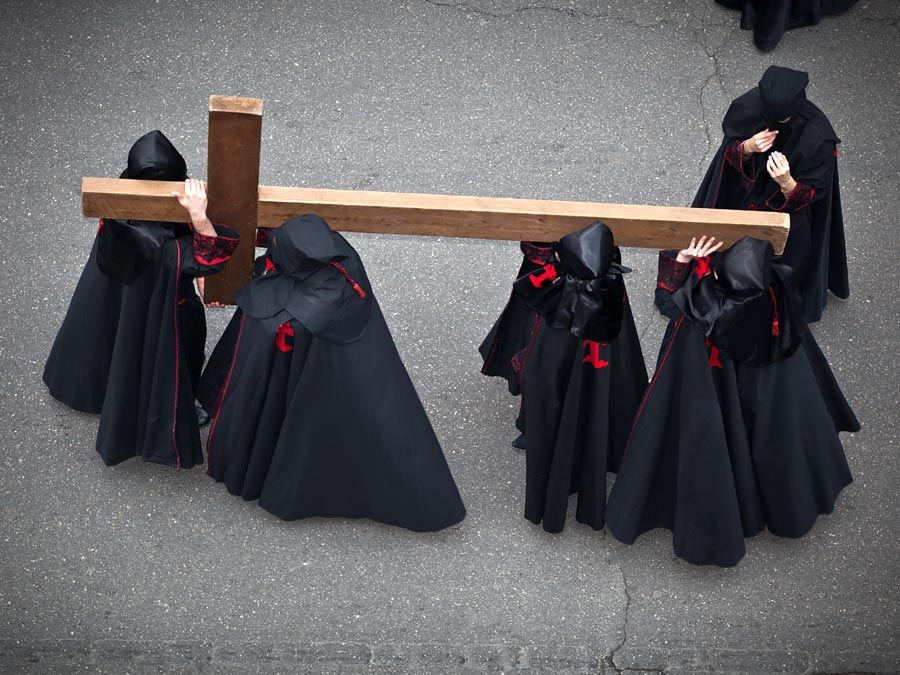St. Cyril of Alexandria
St. Cyril of Alexandria (born c. 375—died June 27, 444; Western feast day June 27; Eastern feast day June 9) was a Christian theologian and bishop active in the complex doctrinal struggles of the 5th century. He is chiefly known for his campaign against Nestorius, bishop of Constantinople, whose views on Christ’s nature were to be declared heretical. Cyril was named a doctor of the church in 1882.
He succeeded his uncle Theophilus as bishop of the see of Alexandria in 412 and came in conflict with the civil administration over the zeal with which he championed orthodoxy. He closed the churches of the Novatians, a schismatic sect that denied the power of the church to absolve those who had lapsed into idolatry during persecution. He also was involved in the expulsion of Jews from Alexandria following their attacks upon Christians. Riots ensued, and Cyril, who if not directly responsible at least had done nothing to prevent them, was forced to acknowledge the authority of the civil government.
Cyril remained a chief citizen of Egypt, and in his struggle with Nestorius he was in some ways a political as well as a religious leader. The conflict concerned not only doctrinal matters; it also reflected the Egyptians’ fear that Constantinople might come to dominate them. The religious argument involved the relation of the divine and human within Jesus Christ. Cyril emphasized the unity of the two in one person, while Nestorius so emphasized their distinctness that he seemed to be splitting Christ into two persons acting in concert. The conflict came to the fore over Cyril’s insistence that the Virgin Mary be called Theotokos (Greek: God-bearer) to describe the intimate union of the two natures in the Incarnation. Nestorius refused to accept such terminology, and their dispute was referred to the council at Ephesus in 431.

Armed with a commission to represent Pope Celestine I as well as himself, Cyril convened the council and condemned Nestorius. He had not waited, however, for the arrival of certain bishops from the East, particularly from the see of Antioch, where Nestorius had lived before he became bishop of Constantinople. When they did reach Ephesus, they reconvened the council and condemned Cyril. Papal recognition of Cyril’s council was eventually obtained, however, and Nestorius was banished as a heretic. Even so, the dispute continued, and peace in the church was only restored in 433, when Cyril accepted a statement, representing a compromise with Antioch, that emphasized the distinctness of the two natures within the one person of Christ.
In addition to commentaries on selected passages of the first five books of the Old Testament, on Isaiah, and on the Gospels of John and Luke, Cyril’s writings included a reply to Against the Galileans by Julian the Apostate, Roman emperor from 361 to 363, who had been brought up as a Christian but announced his conversion to paganism on his accession. This reply, the latest of ancient Christian apologetic works against paganism, also preserves significant extracts from Julian’s works.













